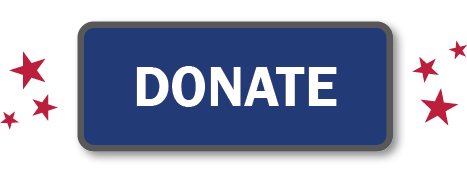WELCOME TO THE CFC!
Each fall, the Combined Federal Campaign (CFC) enables Federal employees and retirees to support people and communities in need across the country and around the world.
Thanks to your generosity, the CFC has raised nearly $8.7 billion since its inception!
New to the CFC? Give it a try -- just $5 per paycheck to your favorite charity makes a big difference.

WHY GIVE THROUGH THE CFC?
We know there are a lot of giving options out there. Here are four great reasons to give through the CFC:
- Give through payroll deduction for a greater impact over time.
- Give to multiple charities and pledge volunteer hours in one place.
- Give for greater impact – the world is a better place when we give together.
- GIVE HAPPY! Studies show that when you give happiness, you get happy too.
Watch the CFC promotional videos to learn more about the campaign.
LEARN MORE
Still have questions? Check out our "Contact Us" page to find out where to turn for help.

















